READY TO GET STARTED?
REQUEST A FREE ESTIMATE
Fill out the form below or call (888) 466-7849 for a free, no-obligation estimate.
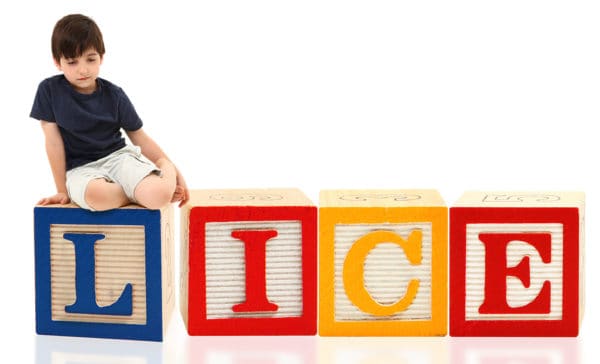
As the little ones make their way back to the classroom, the chances of them being exposed to lice grows exponentially. Let’s look at what lice are and what to do if your family becomes exposed.
Lice are flat, wingless parasites. They feed on blood and are commonly mistaken for dandruff. There are three common types of human lice. The two most likely to come in contact with your family are head lice and body lice.
While head lice will remain on the scalp unless disturbed by scratching, body lice live on clothing and other fabrics such as bedding; and contrary to popular belief, socioeconomic factors have no impact on who can catch lice.
While no one wants an infestation in the first place, some tips to prevent lice include: not sharing personal items such as hats, towels, and hairbrushes with others; and washing clothes in hot water to prevent an outbreak. Should you believe that you have a lice infestation, it is important to collect all clothing, bedding, towels, and any other linens from around the home and wash them immediately in hot water.
While you can reach out to a licensed pest control company for information on how to deal with lice, these infestations are considered a medical problem and a medical professional should be contacted if you suspect an infestation. With back to school season in full swing, we hope these tips help to prevent an outbreak in your home.
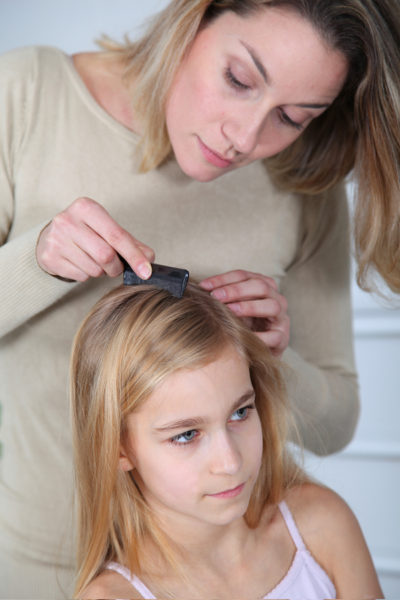
Summer is winding down and parents are getting ready to send their kids back to school. While finishing summer reading, stocking up on school supplies, and getting new haircuts are first and foremost on our to do lists, one thing we might not think about is preparing for head lice! August and September are the busiest months for head lice. Kids are coming back to school after a summer of play dates, camp, and sleepovers which significantly increases their chances of picking up head lice before school starts back. In fact, more than 12 million kids each year get head lice. While they can definitely be a nuisance to get rid of, head lice haven’t been shown to spread disease. So what should you do if you get the dreaded note from school that someone in your child’s class has head lice?
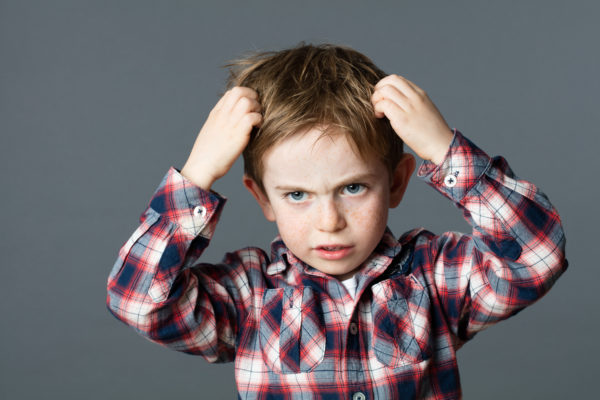
As the dog days of summer wind down, parents are preparing to send their kids back to school. While most of the emphasis and preparation of back to school is on the famous 3 Rs (“Reading, Riting, and Rithmetic”), there is another “R” that we should all be aware of: “Removal” – for the removal of head lice.
As kids return to the classroom, the threat of lice looms. In fact, head lice is the second leading cause of absenteeism in elementary school children, following closely behind the common cold. Do you know how to spot head lice? What can you do to treat it once your child has it and how can you prevent them from getting it in the first place? Check out the information below to make sure you and your child are prepared to head back to the classroom!
Head lice (Pediculus humanus capitis) can be found throughout the world. In the US it is most commonly found in school aged children and members of their households. The CDC estimates between 6 and 12 million cases each year in the United States. Lice can infest humans of any age, from infants to the elderly. Make sure to check everyone in the household if you suspect lice.
Head lice cannot fly or jump. They move by crawling. The most common method of spreading head lice is through direct contact with hair of an infested person. This type of head-to-head contact is most common during play at school, sports activities, playgrounds, slumber parties, and camp. Although extremely rare, head lice can be spread by sharing personal belongings such as hats, scarves, and coats, or by using personal items such as hair bows, brushes and combs, towels, or by lying on a pillow or couch that has been used by an infested person. Head lice is not spread by dogs, cats, or other pets. It is uncommon for lice to be spread by inanimate objects such as sports helmets or headphones because their claws are not adapted to grasping the smooth and slippery surfaces found on these items. It is also difficult for them to spread by use of wigs and hairpieces as the hair shafts on these do not have the blood supply they need for survival. Although lice have been shown to survive for several hours underwater, they are unlikely to be spread by swimming in a pool. They have been shown, however, to cling tightly to hair when submerged in water. The chlorine in pool water does not kill lice.
Head lice are found in 3 stages – the egg (or nit), the nymph, and the adult. Nits are eggs laid at the base of a hair shaft. They are very small (about the size of a knot in thread) and very hard to see. They are often yellow or white in color and can be confused for dandruff. They usually take 8-9 days to hatch. The nymph is an immature louse that has recently hatched from a nit. They look like adult lice but are much smaller. They mature into adults in 9-12 days from hatching. Adult lice are about the size of a sesame seed. They have six legs and are tan to grayish-white in color. Nymphs and adult lice must feed on blood to survive. Adults can live up to 30 days with a blood source but will die within 1 to 2 days after falling off a human head.
Lice and nits are almost exclusively found on the scalp, especially around the ears and at the neckline. They can be found in eyelashes and eyebrows but this is very uncommon. Signs and symptoms of head lice include a sensation of something moving in the hair or on the scalp, itching, scratching, irritability, difficulty sleeping, and sores on the head from scratching. Lice are most active in August and September and at night.
Treatment is recommended for anyone with an active infestation. You can check for lice at home, although they are often hard to find and see. You can have your child checked by a medical professional, school nurse, or your local health department, as well. Because they avoid light, are very small, and very quick, it is often helpful to use a magnifying glass and a fine-toothed comb to check your child’s head. If you do find an active infestation in your household, everyone in the household should be treated at the same time.
The optimal time to treat is after nits have hatched but before new eggs have been laid. Because this is nearly impossible to determine, retreatment is often necessary. There are both over-the-counter and prescription strength medications available for treatment. Always follow the instructions on the medication box. It is also important to not re-wash hair 1-2 days after the initial treatment. The infested persons should also put on clean clothes after the treatment. Recheck the scalp 8-12 hours after the initial treatment and comb out any remaining live lice. If there are no dead lice 8-12 hours after initial treatment you may need a different medication. It is recommended that you speak to your health care provider to discuss prescription strength treatments. Continue to check and comb the hair every 2-3 days following the initial treatment for 2-3 weeks. This helps prevent reinfestation. Retreatment may be necessary and you should follow the directions on your medication package regarding the frequency and necessity of additional treatments.
Supplemental measures must also be taken in addition to medicinal treatments. These are particularly useful in preventing reinfestation. Machine wash and dry (or dry clean) any clothing, bedding, and other items worn or used by the infested person 2 days prior to the treatment. Another option is to seal all of these items in a plastic bag and store for 2 weeks. Soak combs and brushes in hot water for 5-10 minutes. Vacuum the floor and furniture, particularly where the infested person sat or lay.
Head lice are not known to spread any disease and are not considered a public health hazard by the CDC. For this reason, most health departments do not require reporting of head lice infestations. School policies are established by local school boards. Many schools are relaxing their previous “no-nit” policies which required students to remain out of school until all evidence of nits were eliminated. Many school districts are trending away from this policy and only requiring children to remain out of school if live lice are present. Check with your child’s school to verify their policy.
Head lice are most commonly spread by direct head-to-head contact. While the chance of spreading lice by sharing items is rare, it does occasionally occur. With that in mind, you can follow these 7 steps to help prevent head lice infestations in your family:
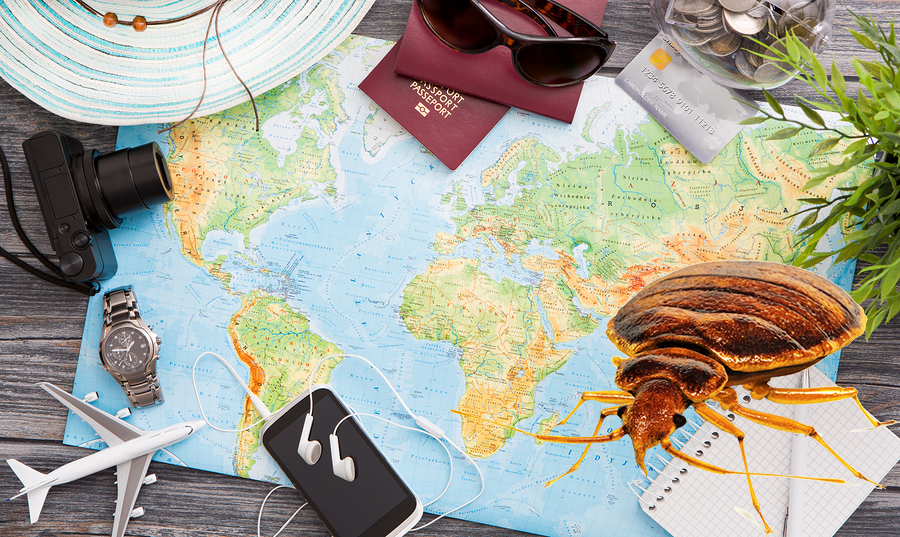
Some bugs are excellent travelers. They’ll hitchhike into your home on clothes, in luggage, on pets, in boxes, newspapers, magazines, or bags, on furniture, and even in your kids’ hair! Here are 5 well-traveled pests and tips on keeping them out of your home:
With summer vacations in full swing, out-of-town relatives visiting, and students coming home from college – now is the time to worry about bed bugs! They’ll sneak into your home unnoticed – most often in luggage and clothes – hide out during the day, and then creep out at night to feed (bite!).
Prevent bed bugs by being vigilant when traveling – check your accommodations for signs of bed bugs (dark spots on mattress corners and/or bedding), avoid putting luggage directly onto hotel beds and furniture, wash all of your clothes in hot water immediately when returning home, and leave luggage outside of your home, if possible (seal in plastic bags and leave in outdoor storage or your garage). Same applies to visiting relatives and students returning home from college. Also, remove any under-bed storage to reduce areas bed bugs are likely to hide out.
If you suspect you have bed bugs, contact an exterminator immediately. Because of the elusive nature of bed bugs and their ability to survive in extreme conditions (bed bugs can live for a year or more without eating and can withstand a wide range of temperatures from nearly freezing to 113 degrees Fahrenheit), they can’t be eliminated through do-it-yourself methods. A proper inspection is needed to identify all areas of infestation. After an in-depth inspection, a treatment and control plan can be implemented, usually including multiple chemical and/or heat treatments and inspections over several weeks. As part of the treatment plan, you may be asked by your exterminator to remove or reduce clutter, install protective encasements to your mattresses and/or boxsprings, and launder bedding and/or clothing. You should also be advised not to throw out any infested furniture, clothes or other items; this can cause the spread of bed bugs to other locations. It’s also not recommended to purchase new furniture throughout the treatment process as these items will likely become infested with bed bugs.
Once school starts back, lice infestations will be on the rise. Prevent the spread of lice by limiting shared clothing, hats, hair brushes, and other belongings, avoiding head-to-head contact, and by vacuuming carpet and furniture often. For existing lice infestations, use a lice treatment as soon as they’re discovered, disinfect combs, brushes, or towels that have come in contact with lice by soaking them in hot water for 5-10 minutes, disinfect bedding by removing it and washing in a hot water cycle, and wash and dry clothing, linens, or towels that have come into contact with a person infected with lice during at least 2 days prior to treatment.
Lookout for ticks as we move into Fall. They attach themselves to humans and pets, making transport inside easy and often unnoticed, and can even infest your home (with the case of the brown dog tick). Their bites are painful and can cause skin irritations, but they also transmit several diseases including Lyme disease and Rocky Mountain spotted fever, which can cause serious illness or even death.
Prevent ticks by checking pets often and treating them with a tick control product, commonly included in topical flea treatments, keeping pets out of wooded areas or overgrown vegetation, by cutting your grass regularly, keeping plants and shrubs trimmed, and by clearing out leaves and other yard debris.
If you find a tick, safely remove it using a tick removal tool or with tweezers, only applying a small amount of pressure until the tick lets go. Any other method can be painful for your pet (or humans!) and cause skin irritations.
Fleas thrive in hot, humid conditions. They can cause a lot of discomfort for your pets, even severe allergic reactions, and are easily transported into your home. Avoid a flea infestation by checking your pets often with a flea comb, applying topical or oral flea medication regularly, and limiting your pets’ time outside during warmer months.
If you have a flea infestation in your home, getting rid of them can be difficult and time-consuming. It’s best to contact a pest control company to establish a treatment schedule for both inside and outside the home. Your pet will need to be removed from the house during flea treatments and for a specified length of time afterwards. You can also help to get rid of fleas and prevent a future infestation by vacuuming regularly and removing old pet bedding, blankets, toys, and any other items regularly used by your pet.
German cockroaches are among one of the most prevalent pest issues in residential structures, and often the hardest to control. A common misconception is that roaches only infest homes with unsanitary conditions. While they thrive in filth, even the cleanest, tidiest homes are at risk. To prevent this, avoid bringing items into your home that roaches often travel in – boxes, newspapers, grocery bags, food cartons, pet food, furniture – and remove & wash any clothing and/or luggage immediately if you’ve encountered another home or accommodation where roaches were present.
Once inside, roaches can contaminate food, trigger allergies and asthma, create an unpleasant odor, and just altogether create an undesirable living environment. They’ll hide out in damp, dark areas during the day and come out at night in search of food. Keep your home as clean as possible to remove potential food sources eliminate any areas with excessive moisture (repair those leaky faucets!), and de-clutter.
If you’re seeing cockroaches, it’s best to contact an exterminator for a pest control treatment plan. Infestations develop quickly and roaches can become immune to OTC products, especially if used incorrectly or too often.
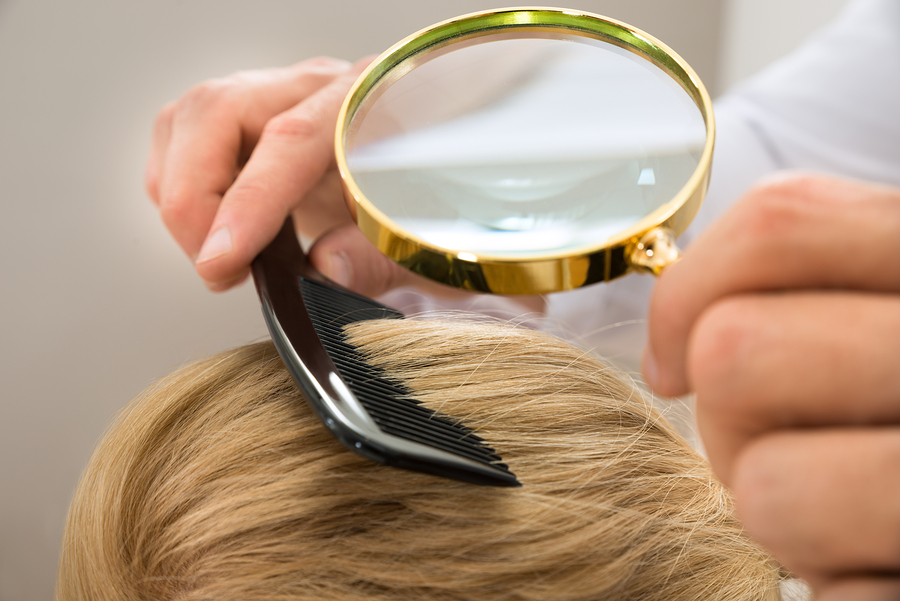
6 to 12 million children get lice each year in the U.S., according to a recent article by CNN. While this may not be news to you as a parent, what is surprising is that lice are getting harder to kill and get rid of. CNN is calling it “mutant lice”, resistant to common, over-the-counter chemical treatments used to treat lice.
According to the American Academy of Pediatrics, the first step to getting rid of lice is to use a treatment like Nix or Rid that you can find at your local drugstore. They’re easy to use and affordable, and until now, pretty effective and reliable when used correctly.
The problem: scientists are discovering that lice are beginning to become tolerant to these over-the-counter medications by gene mutation. The American Academy of Pediatrics assures us that while this isn’t a huge issue right now, it can be in the future.
So what should you be doing at home to prevent and control lice? Check your kids’ head and hair frequently, especially during the school season, and be on the lookout for frequent itching. Finding it early can reduce the chances of lice spreading to other family members or other children at school. If you find lice, use an over-the-counter treatment immediately and be sure to follow the directions. Also, it’s important to check everyone else in your home for lice (including you). Wash any clothing or bedding that the lice could have come in contact with. To prevent lice, don’t allow your children to share hats or hair brushes with other children. And if prevention and at-home treatments don’t work, contact your pediatrician.
Read the full CNN article here.